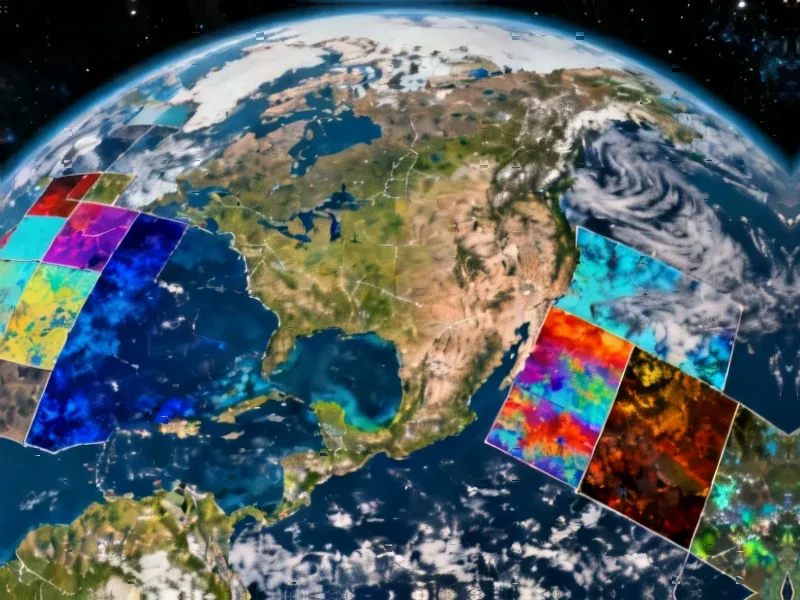According to TheRegister.com, Senators Josh Hawley (R-MO) and Mark Warner (D-VA) introduced the AI-Related Job Impacts Clarity Act on Wednesday, which would require public companies and federal agencies to report quarterly AI-related layoffs to the Department of Labor. The legislation comes as October job cuts reached 153,074, a 175% year-over-year increase and the highest single-month total in over 20 years. Companies would also need to report AI hiring, unfilled positions due to automation, and retraining numbers. Outplacement firm Challenger, Gray & Christmas reported this marks the worst October since 2003, with warehousing and technology sectors hit hardest by AI adoption. Meanwhile, analysis of 180 million global job postings shows an 8% overall decline in 2025, with computer graphics artists suffering the most significant losses while machine learning engineer roles grow fastest.
Finally, some data
Here’s the thing: we’ve been talking about AI’s impact on jobs for years, but we’ve been flying blind. Companies announce layoffs, they mention “restructuring” or “efficiency,” but nobody’s been forced to say how many positions are actually being eliminated because of automation. This bill would change that fundamentally.
And the timing couldn’t be more relevant. When you see October layoffs hitting levels we haven’t seen since the early 2000s, and Challenger explicitly points to AI as the disruptive technology driving this – just like cellular technology did in 2003 – you realize we’re at an inflection point. The question is, are we ready for what’s coming?
Creative jobs taking the hit
What really stands out in the data is who’s getting hit hardest. We’re not just talking about factory workers or data entry clerks anymore. The analysis of those 180 million job postings shows creative roles – computer graphics artists, photographers, writers – are seeing declines of at least 28%. That’s massive.
Meanwhile, machine learning engineer positions are growing faster than any other role. It creates this weird dynamic where the very technology that’s eliminating certain jobs is creating demand for people who can build and maintain that technology. But how many laid-off graphic designers can realistically retrain as machine learning engineers?
The reporting challenge
Now, here’s where it gets tricky. The bill only requires publicly-traded companies to report initially, though there’s a provision to eventually include private companies. But even then, how do you cleanly separate AI-driven layoffs from other factors?
Challenger’s own data shows cost-cutting was the most-cited reason for layoffs. In a softening economy, is a company laying off writers because of AI, or because marketing budgets got slashed? Probably both. This legislation might force companies to be more honest about their motivations, which could be revealing in itself.
Why this matters beyond politics
Look, when you have a Republican and Democrat working together on anything in today’s political climate, that tells you something. Both sides recognize this isn’t some future hypothetical – it’s happening right now. Hawley’s warning about 10-20% unemployment in five years might sound alarmist, but when you see these numbers, it makes you pause.
The real value here isn’t just counting job losses. It’s about understanding where retraining efforts should be focused, which industries need support, and how education systems should adapt. For businesses relying on industrial automation, having clear data about workforce impacts could inform better planning and transition strategies. Basically, we can’t prepare for what we don’t measure.




